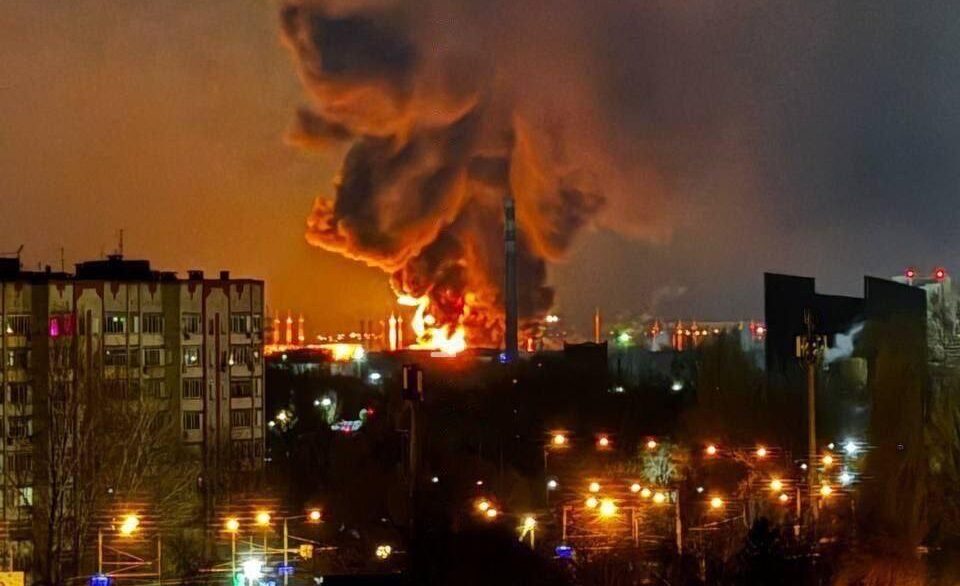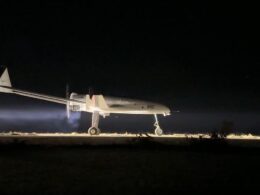The vulnerability of Russian air defenses has become increasingly apparent as Ukrainian forces employ swarm tactics with low-flying drones, overwhelming localized defense systems designed primarily for high-altitude threats. Videos of damaged facilities have spread across social media platforms, showcasing the effectiveness of these strikes.
"Over the past night, the enemy successfully targeted two more oil depots in Russian territory," reported Voyennyy Osvedomitel, a prominent Russian military Telegram channel, as cited by Defense Blog. "The growing efficiency and scale of drone strikes against targets in our rear have become a regular occurrence."
In one of the most significant attacks, Ukrainian drones struck a Russian ammunition depot in Tver Oblast between Moscow and St. Petersburg, destroying stockpiles of Iskander tactical missiles, glide bombs, and artillery shells. Witnesses reported powerful explosions visible from miles away.
The Engels
Air Base, crucial for Russia's strategic bomber fleet, also came under attack, with strikes reportedly damaging fuel and ammunition storage facilities. These successful operations have highlighted the increasing sophistication of Ukraine's drone capabilities, developed in collaboration with Western partners, particularly the United States.
Military experts note that Russia's existing air defense systems, originally designed to counter traditional aerial threats, have proven inadequate against the new challenge of small, low-flying drones deployed in large numbers. This has prompted calls within Russia for the establishment of specialized mobile anti-drone units integrated into a centralized information network.
"The initial surge in Ukraine's drone production, supported by the US, was ignored," one Russian Telegram channel admitted. "Now, the rising frequency and scale of these strikes are impossible to overlook. The consequences are evident every night."
According to Defense Blog, Ukraine's drone warfare campaign has emerged as an increasingly effective strategy, forcing Russia to divert significant resources to protect its critical infrastructure while demonstrating Ukraine's growing ability to conduct long-range strikes deep within Russian territory.





